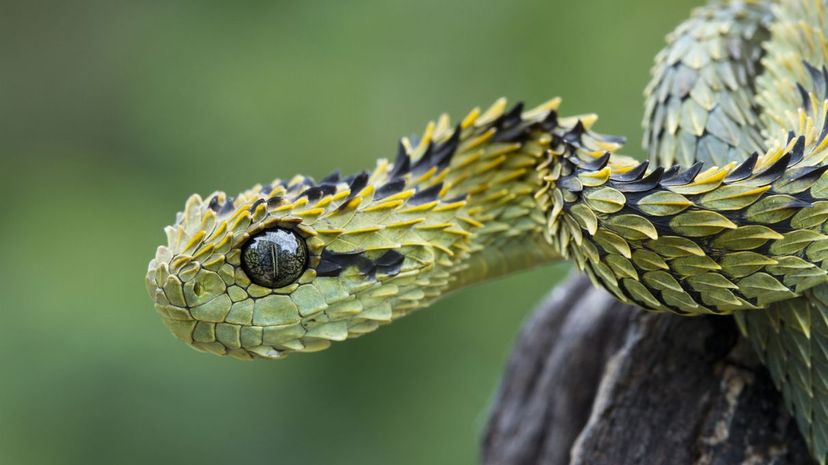
About This Quiz
People have long been afraid of snakes; it's one of the most common animal fears in the world, alongside dogs and spiders. The reason is pretty simple to understand, of course. Venomous snakes can badly injure or even kill with a single bite. That's scary no matter who you are. Of course, most snakes also have no interest in humans and tend to only strike when confronted or surprised. But if you do get bitten, the reason it happens won't matter too much.
Some snake species have a bite that will only be mildly painful, while others are so dangerous that death could be a very real possibility if medical help isn't found immediately. Worse, it's often hard to know what bit you in the moment to figure out just how much trouble you're truly in. It's safe to say you probably don't want to be bitten by any of these snakes. That said, they're still fascinating animals, and their venom can sometimes also be used for good; many medications have actually been derived from snake venom. If you think you have a good grasp on the venomous snakes of the world, then we have a challenge for you. Take 5 minutes and see if you can run through this list of 40 of the world's most venomous. Will you get them all? Tell us in 5 minutes!
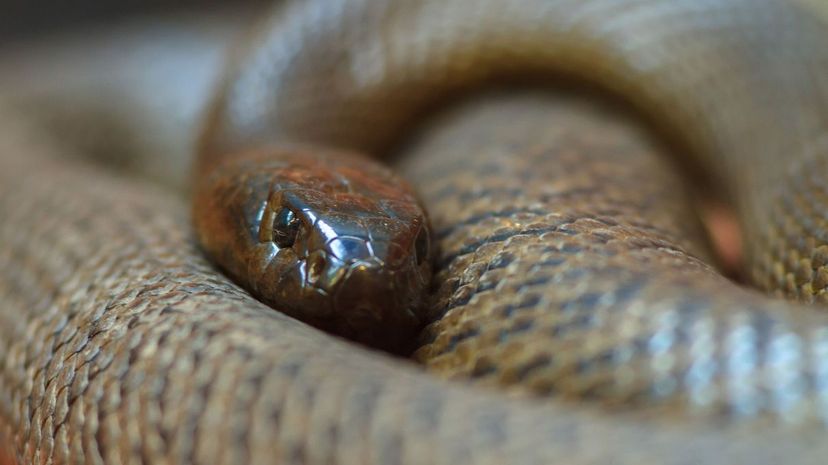
The Inland taipan is also known as the fierce snake, and it is not to be trifled with. With the most potent venom among all snakes, a bite from the inland taipan contains enough toxin to kill over 100 fully grown men. So maybe avoid these guys.
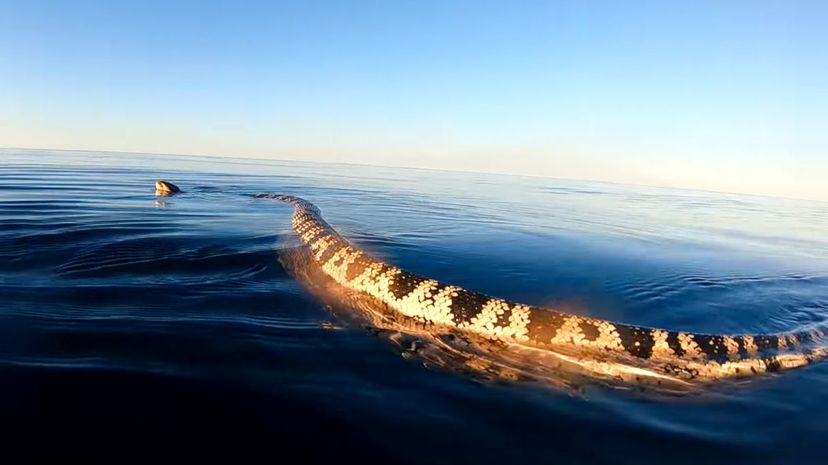
The Dubois' sea snake eats fish and moray eels as deep as 260 feet below the surface. They tend to hole up in coral reefs or hide around seaweed, and their venom is extremely toxic.
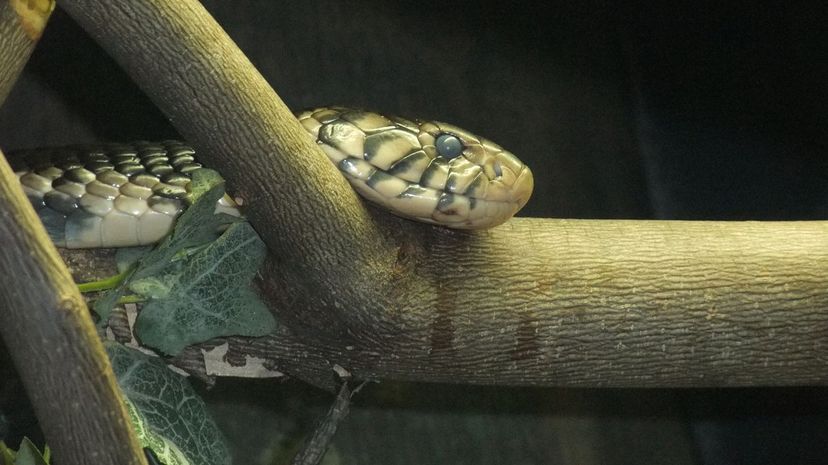
Forest cobras are native to Africa and are generally found in forested areas, hence the clever name. They also take well to water. In fact, they swim so well that they can be considered semiaquatic, so don't count yourself safe in a river.
Advertisement
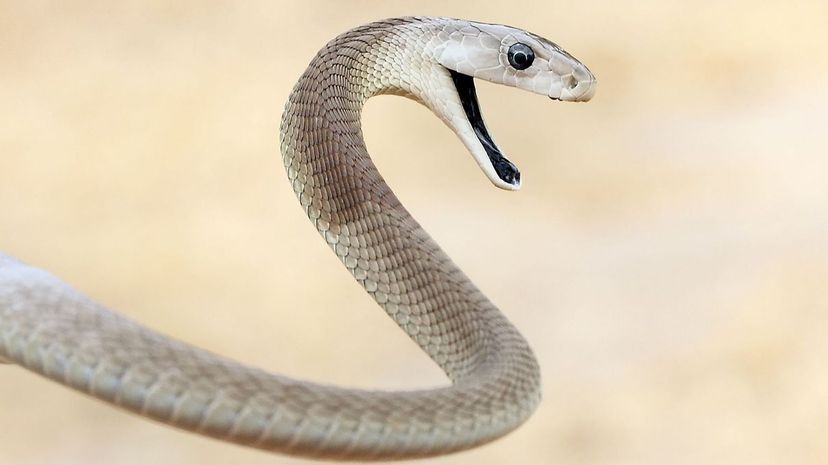
The black mamba gets its name not from the color of its scale but the color of its mouth. If it opens wide, you'll see that the inside of its mouth is actually a deep, inky black in color. And if you see that you're also in trouble, because the black mamba is incredibly venomous.
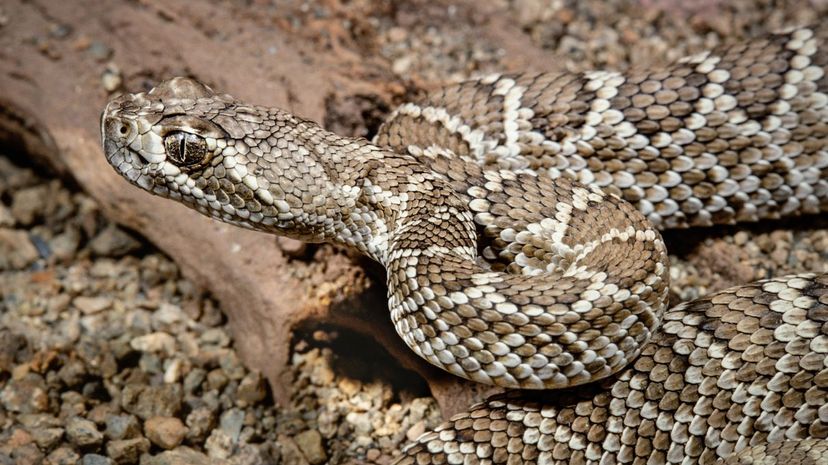
The Mojave green rattlesnake is usually just called the Mojave rattlesnake or the Mojave green. It's also often known as the Mohave, since the spelling with the "h" is directly related to the original Native American spelling of the name.
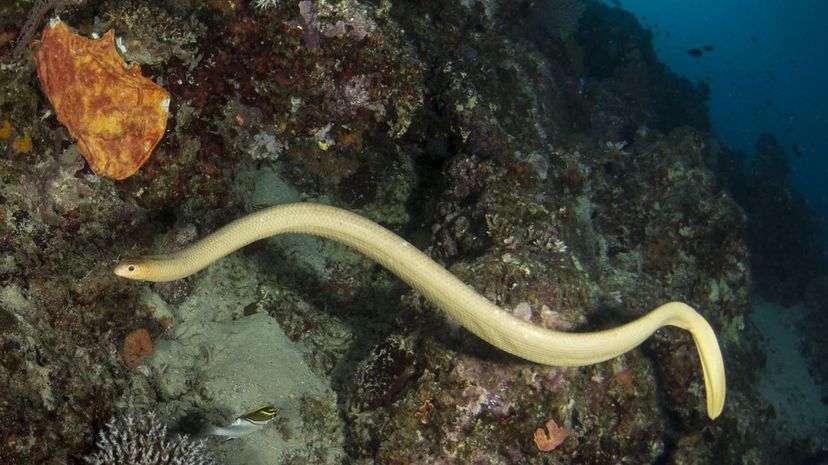
The olive-brown sea snake, or the golden sea snake as it's sometimes known, is found throughout the Great Barrier Reef, the Indian Ocean and the Pacific Ocean. Its tail has photoreceptors that help it detect light.
Advertisement

Death adders are found throughout Australia and Indonesia. There are several different species of death adder, and all of them are the kinds of snakes you don't want to try to snuggle with, thanks to their highly potent venom.
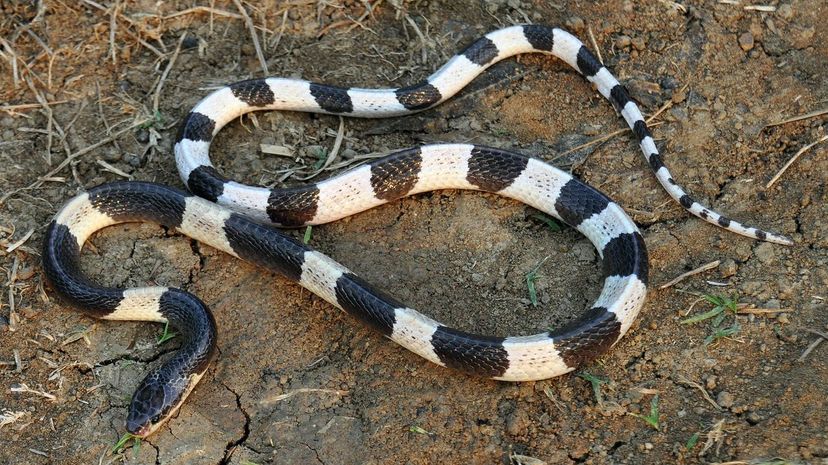
The blue krait, also known as the Malayan krait, is a snake native to Southeast Asia. It's banded in black and white, but the black does have a bit of a blue hue to it, which is where this snake gets its name from.

The Lowland copperhead is not to be confused with the copperhead that's native to North America. The Australian lowland copperhead ironically doesn't always have a copper-colored head, but it does have a potent neurotoxin that can be lethal.
Advertisement
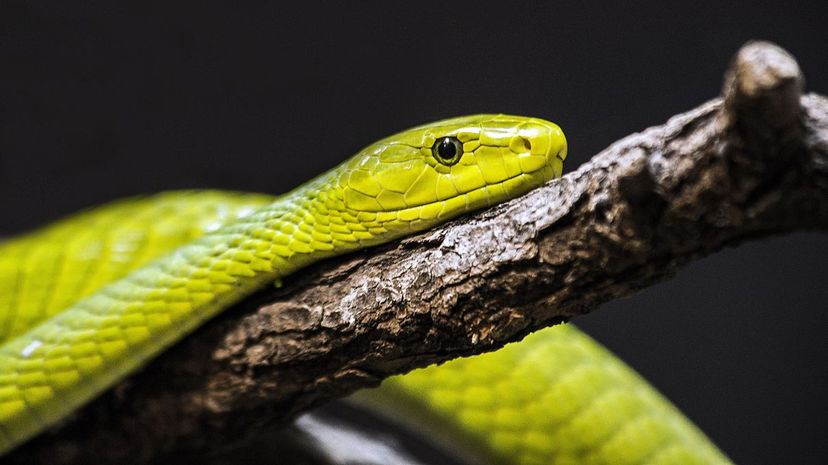
There are two species of green mamba: the western green mamba, and the eastern green mamba. Both species are very vibrantly colored green, and both are highly venomous as well.
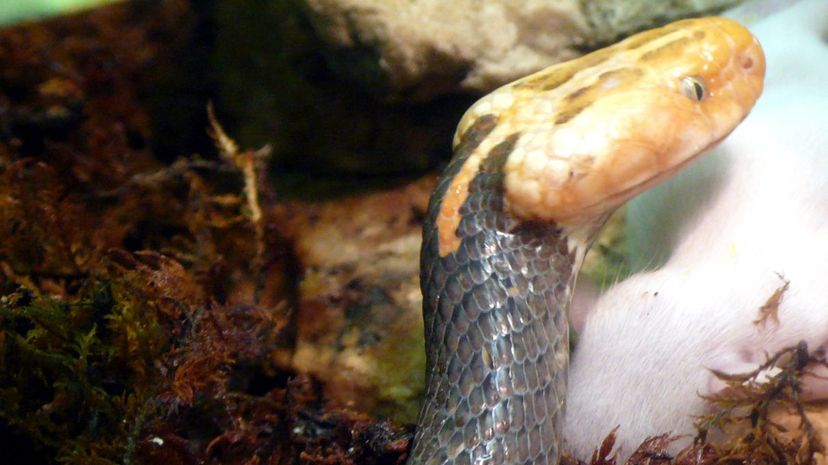
Fea's viper was named for Italian explorer Leonardo Fea and is found in Southeast Asia. They tend to have orange or yellow heads but much darker bodies. This venomous snake hibernates during the cold months, unlike most vipers.
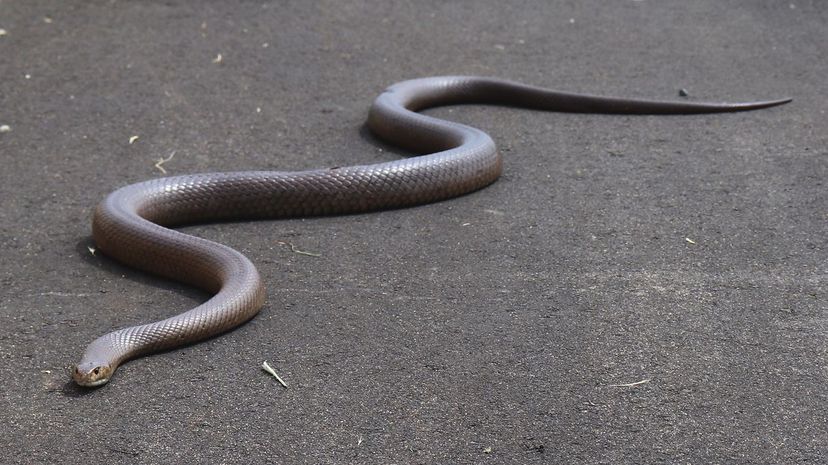
Another of Australia's many venomous residents, dugites have adapted well to humans encroaching on their habitats. The result is that the dugite is able to comfortably live in urban areas around buildings where it will hunt mice and, sometimes, bite people.
Advertisement

Russell's viper is also called a chain viper because of the markings on its body that look a bit like chain links. They can be extremely aggressive thanks to the fact they tend to like to hunt near human habitation because of all the rodents, and they have one of the loudest hisses of any snake.
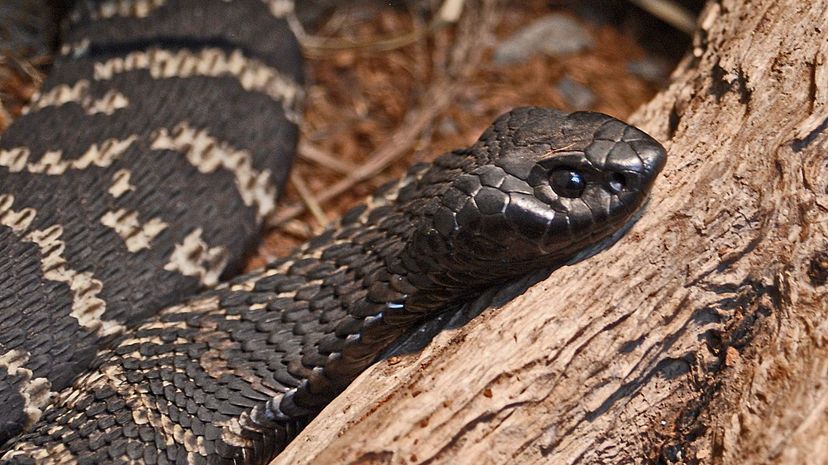
The Rinkhals snake looks a heck of a lot like a cobra with its hood and ability to spit venom, but oddly enough, it is not actually a cobra. That said, when it's spitting venom in your eyes -- as it's known to do -- you probably won't care if it's classified as a true cobra or not.
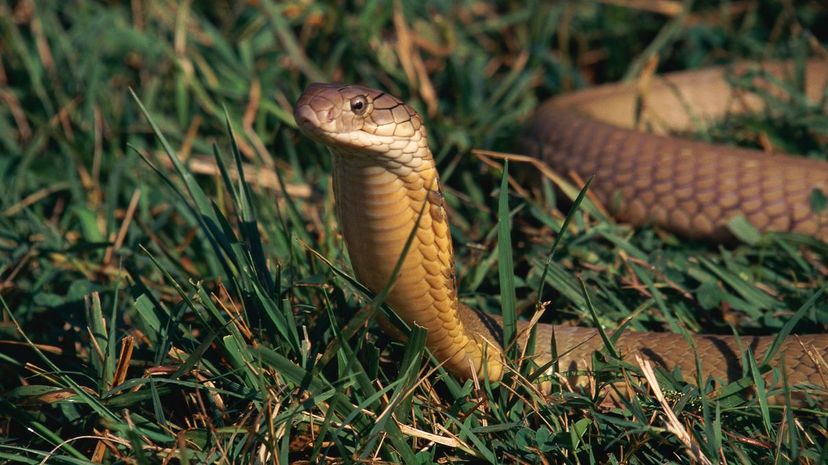
King cobras have a bad reputation owing to their size and scary appearance. They're a threatened species though, thanks to habitat loss, and it's really other snakes that should be afraid of them, because snakes are their chief prey.
Advertisement
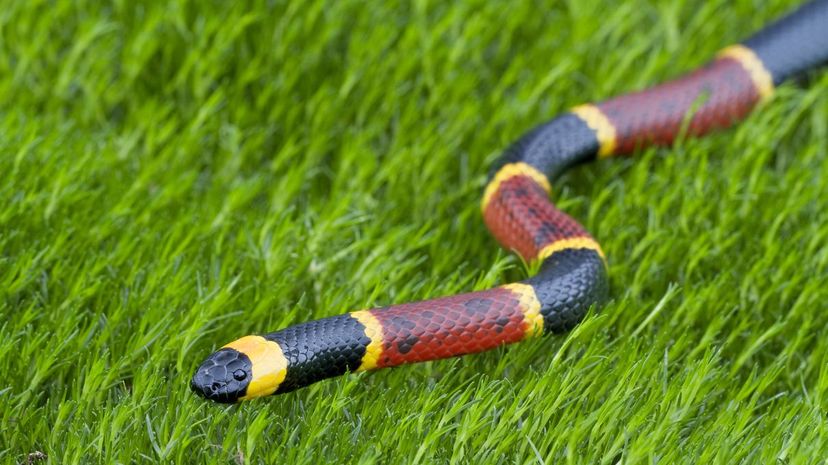
Eastern coral snakes live in the Southeast United States and are technically easy to identify thanks to their bold coloring, with bands of vibrant red or orange. We say technically, though, because there are actually a couple of other mimic species that look similar but are harmless.

Stephens' banded snake lives in the eastern part of Australia and can often be found in tree stumps or branches, or even disguising itself among the vines sometimes. Since it's nocturnal, you should probably avoid climbing Aussie trees at night.
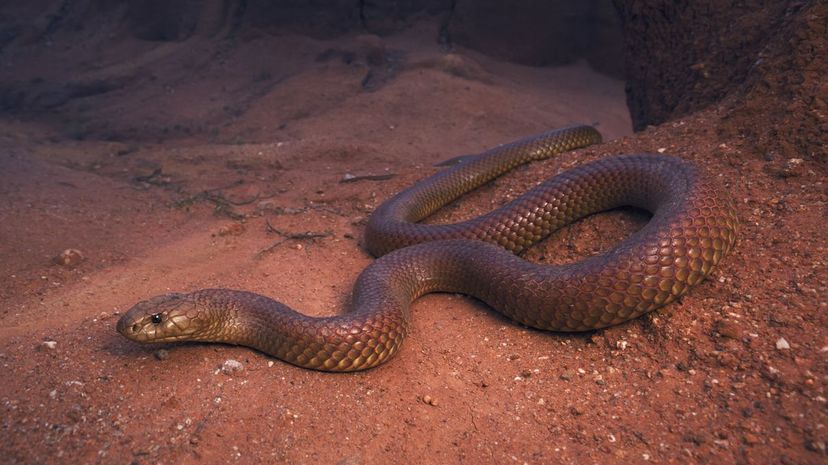
The Mulga snake from Australia is significantly larger than your average venomous snake. In fact, some specimens can grow to be close to 10 feet long. Factor in a potent venom and this is one snake you probably never want to encounter in the wild.
Advertisement
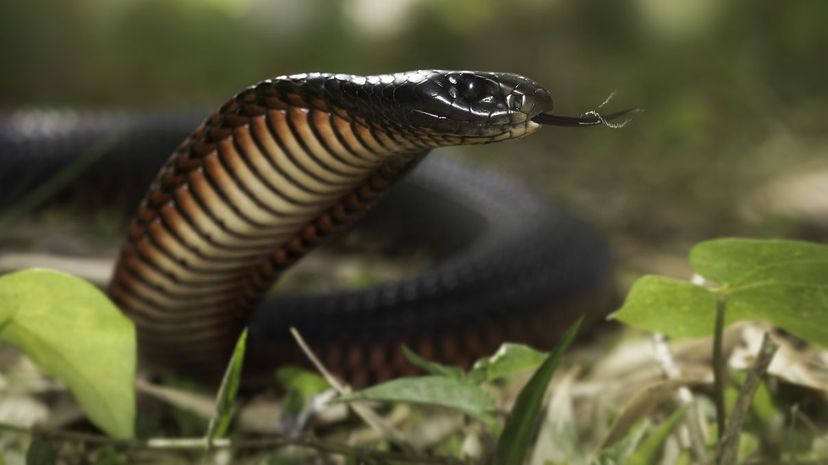
The red-bellied black snake is yet another of the many venomous serpents you'll find in Australia -- but in a fun twist, they're actually not THAT venomous. You still don't want to be bitten by one, but the upside is they're not lethal.
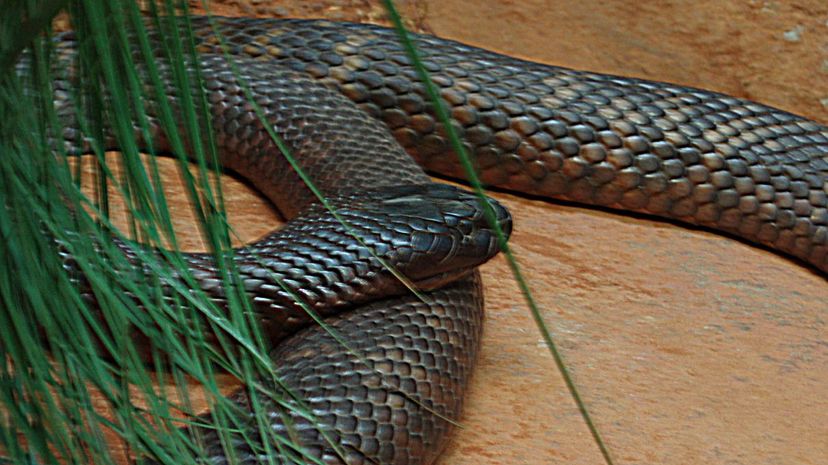
Collett's snake lives in Australia and was named in honor of a Norwegian zoologist named Robert Collett. Its venom can cause a lot of damage, including renal failure and potentially death; but despite that, some people do like to keep them as pets.
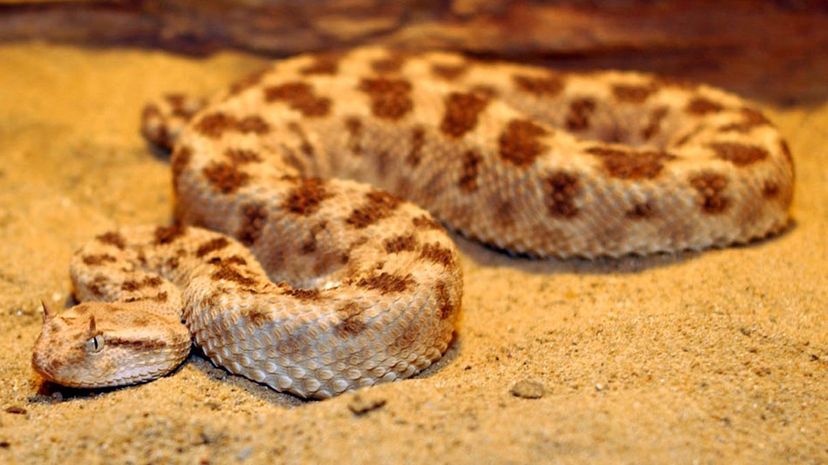
The horned viper lives in North African deserts and is most notable for its namesake horns. Those little horns are really just modified scales and they don't have much of a function, but they do make it look intimidating and kind of awesome.
Advertisement
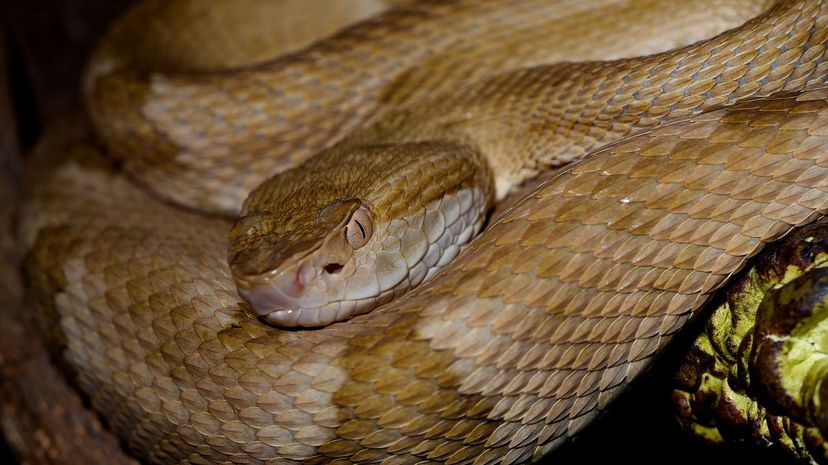
The jararaca can be found in Brazil and Argentina and is actually a bit of a famous snake in the medical world. The group of medications known as ACE inhibitors, which can treat hypertension and heart failure, was developed with the venom of this snake.
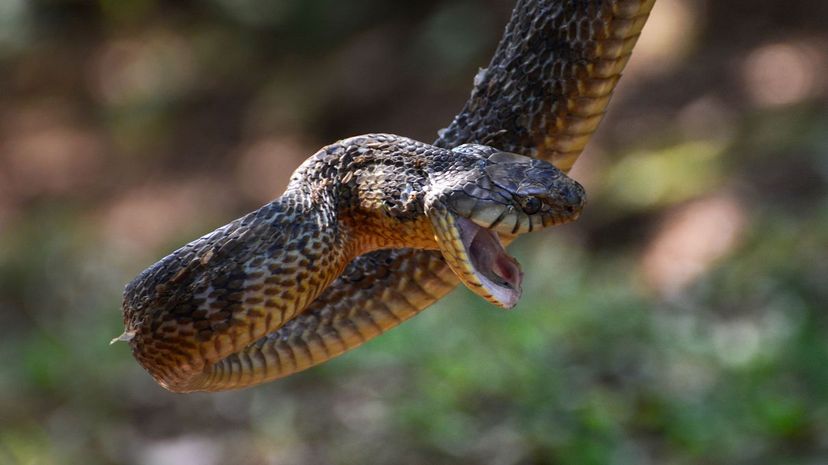
The puff adder can be found throughout the grasslands and savannas of Africa. When they're threatened, they will hiss loudly and inflate their bodies to look like they're bigger than they are, which is where the "puff" in their name comes from.
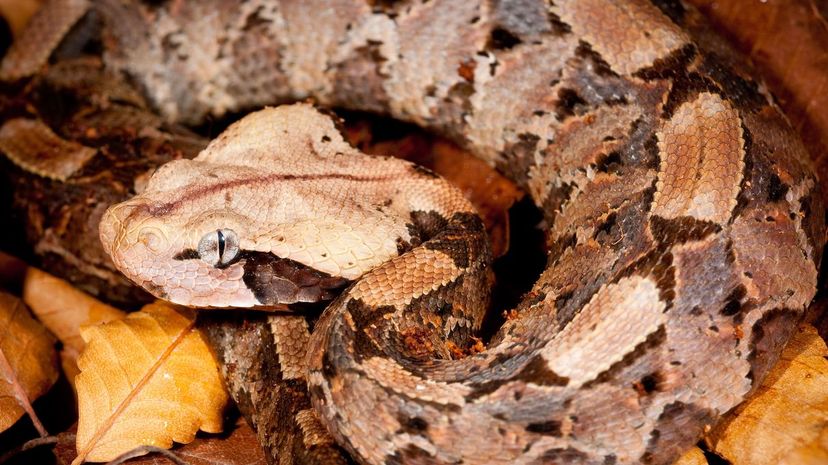
Gaboon vipers are notable for having the longest fangs of all the viper species, measuring in at an incredible 2 inches. They are hinged inside the snake's head so it can actually close its mouth, and they'll pop down when the snake is ready to strike.
Advertisement
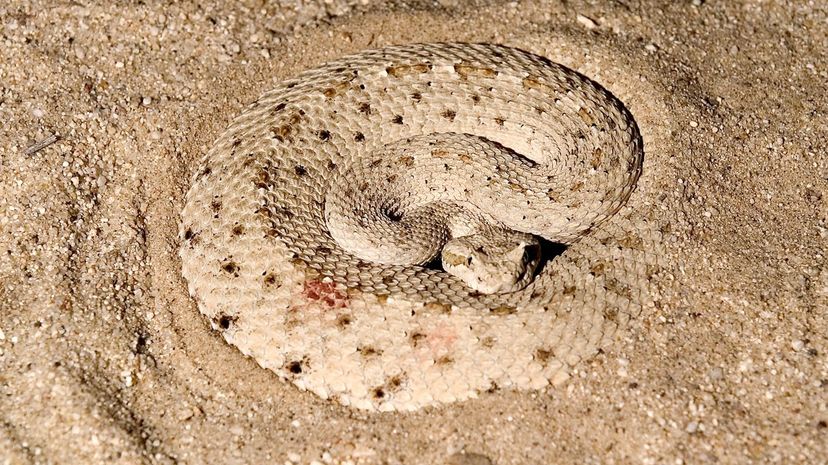
Sidewinder rattlesnakes are an unusual member of the snake world thanks to how they move about. The sidewinder name refers to the curious way they move, which involves curling their body up as their head sits in one place, almost like a foot, and moving sideways, over and over again.
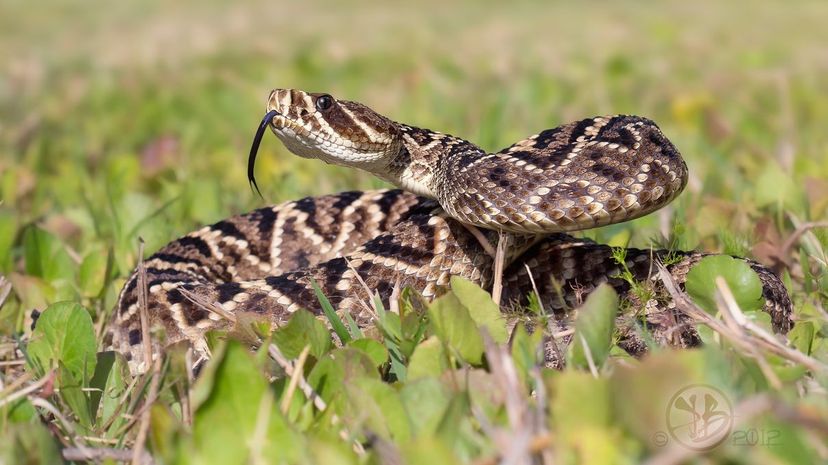
The western diamondback rattlesnake is probably the snake most people imagine when they hear the actual word "rattlesnake." They can go a ridiculously long time between meals, with some studies finding they can survive two years.
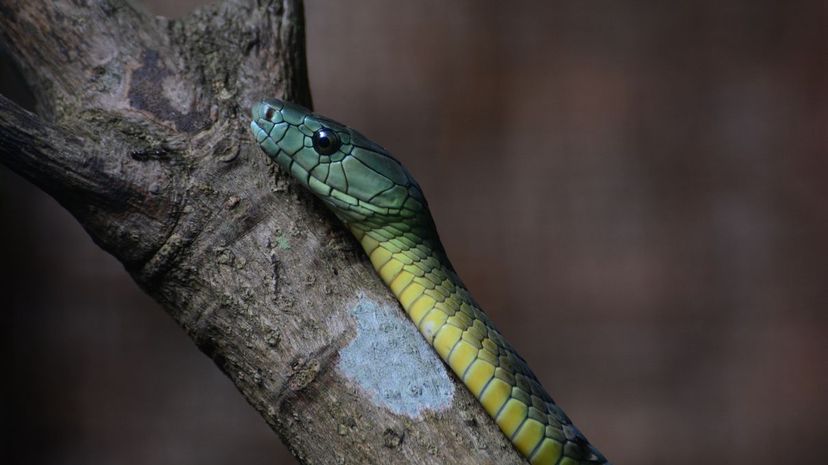
Boomslangs arguably have the best name of all snakes in the world. They're a vibrant green color, which helps them blend into their treetop homes. They also have unusually large eyes compared to the size of their head.
Advertisement
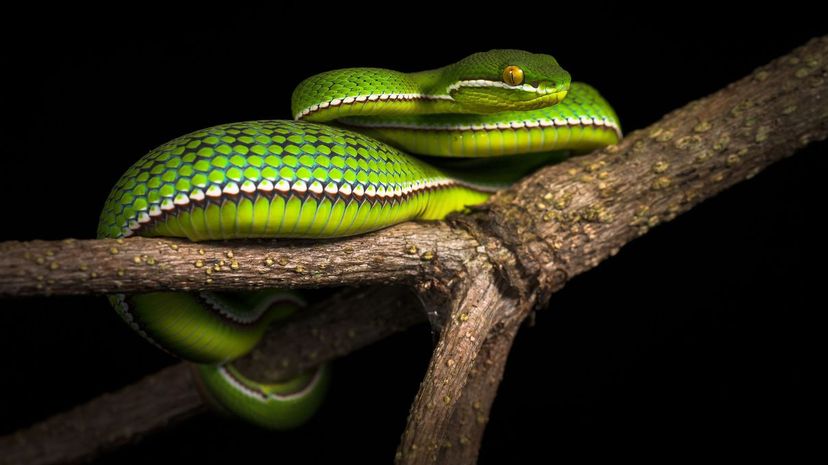
White-lipped pit vipers are an incredibly striking green color, but the feature from which they get their name is the thin, white stripe that runs down the sides of their bodies from near their mouths.
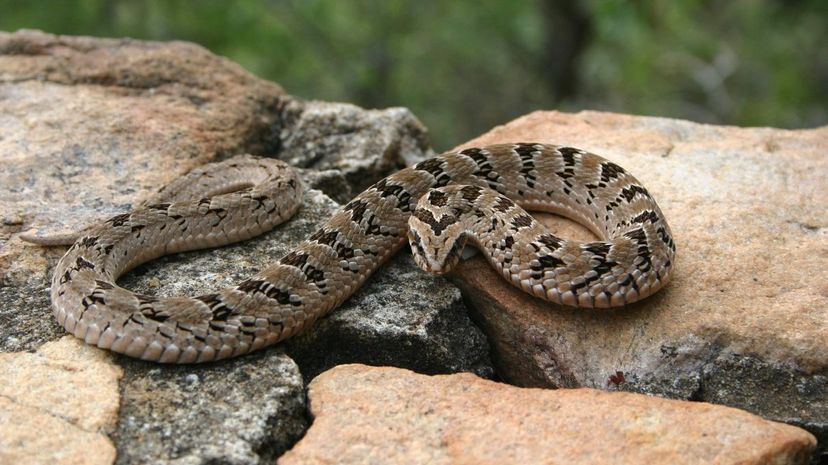
Night adders are short by snake standards, rarely growing much over 3 feet in length. If you're hoping to avoid them by only traveling during the day, you'll be disappointed to learn that night adders are just as active during daylight hours.
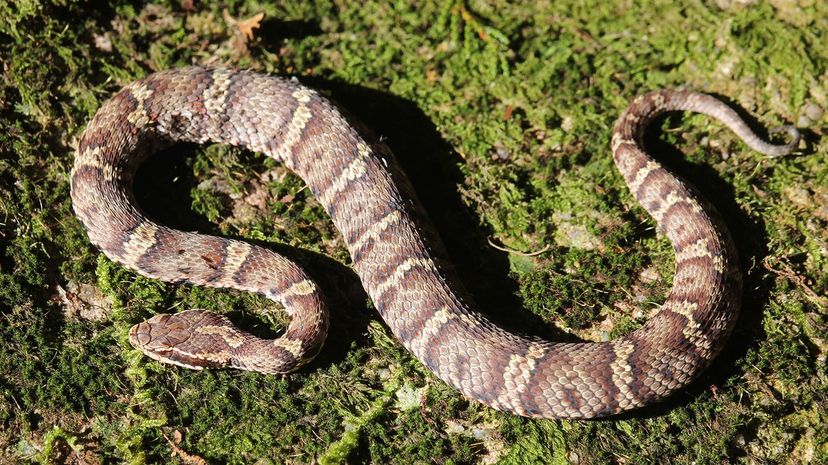
The mamushi is sometimes called the Japanese pit viper or the Japanese moccasin. Despite the name, you can also find the snakes in parts of Korea as well as China -- though, in fairness, it's probably best to not stumble upon these snakes anywhere, thanks to their nasty bite.
Advertisement
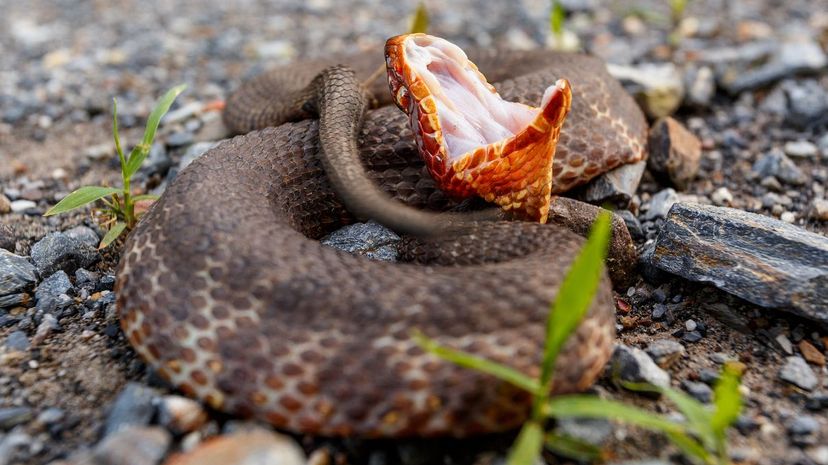
The cottonmouth is a pit viper from North America that is apparently so popular people couldn't stop naming it. You may also know it as a water moccasin, black snake, trap jaw, water pilot, swamp rattler, water mamba and water pit viper, amongst many others.
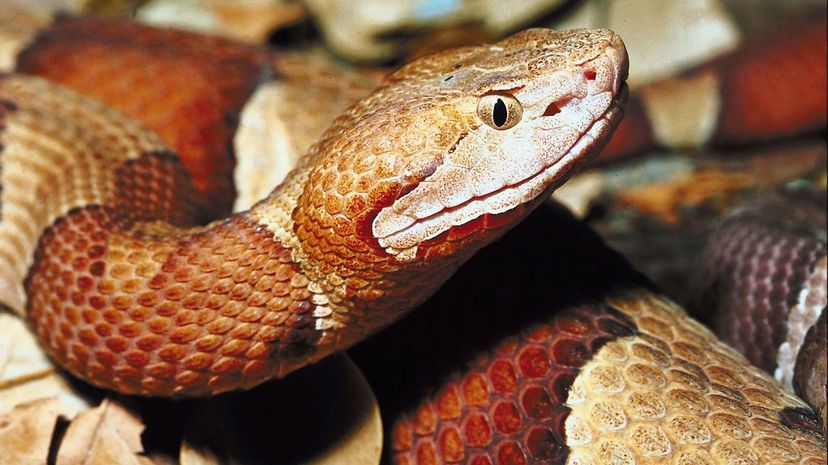
Copperhead snakes are a kind of pit viper that live in the Eastern United States. They grow to about 3 feet in length and spends most of their time curled up waiting for prey to stumble by unawares so they can leap out and strike all sneaky-like.
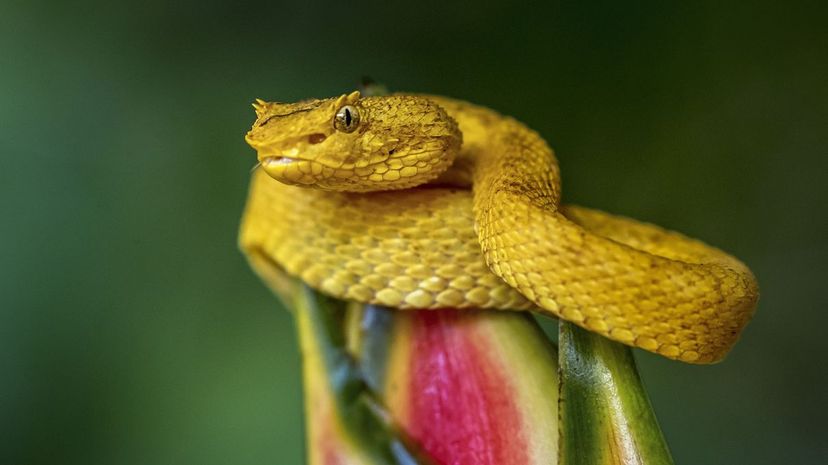
The eyelash viper gets its name for very obvious reasons. The little protrusions above its eyes look like some remarkably well-styled lashes. It's thought that the eyelashes are just a camouflage tool that helps break up the snake's profile so it blends in more easily with foliage.
Advertisement
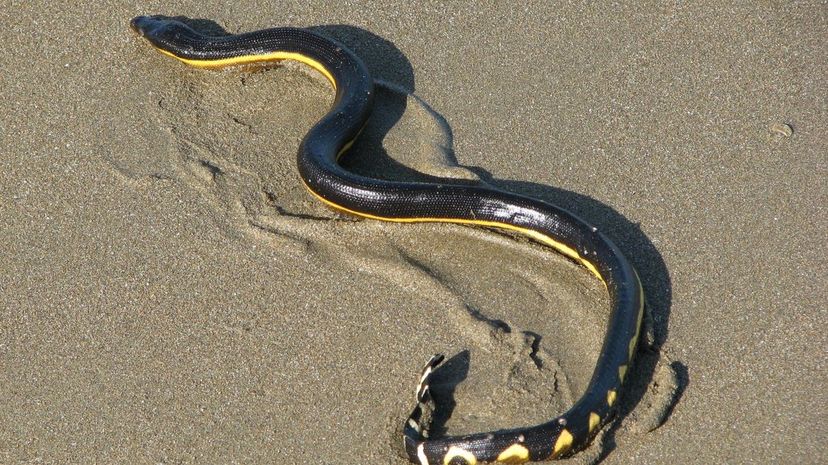
The yellow-bellied sea snake is quite the adventurous little beast. It's been found in the waters around Peru, Costa Rica, California, Tasmania and even Hawaii. That's significant because Hawaii is not a place sea snakes usually show up.
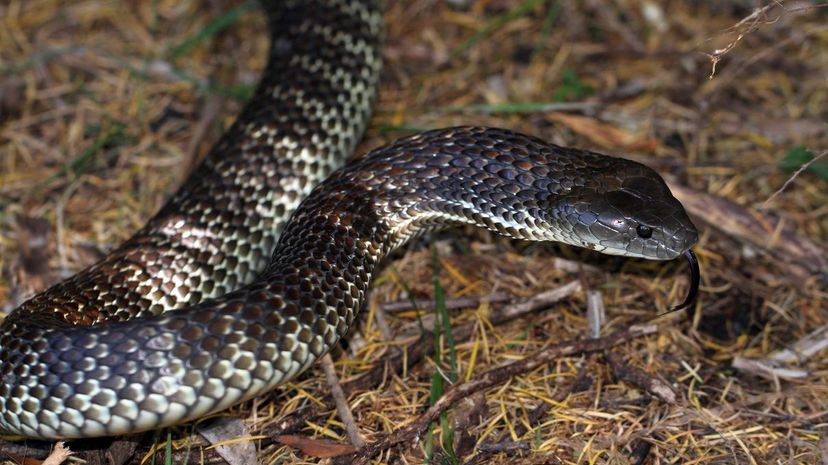
Tiger snakes get their name from their bands of color, which look like tiger stripes. Unlike some species of snake, the tiger snake doesn't lay eggs. Instead, it will give birth to live young, usually about 30 of the little slitherers.
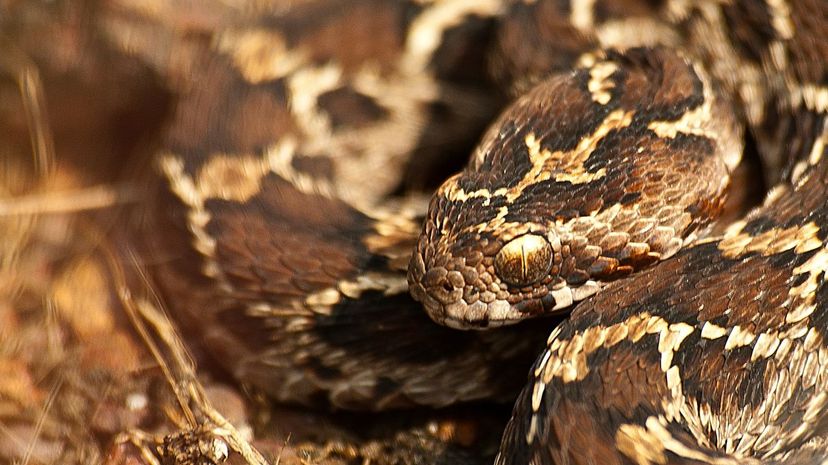
The saw-scaled viper is an extremely interesting snake owing to the curious way it will warn you from getting too close. While a rattlesnake shakes its tail rattle, this viper will rub sections of its own body together to producing a sizzling, sawing sound to let you know it's time to back off.
Advertisement
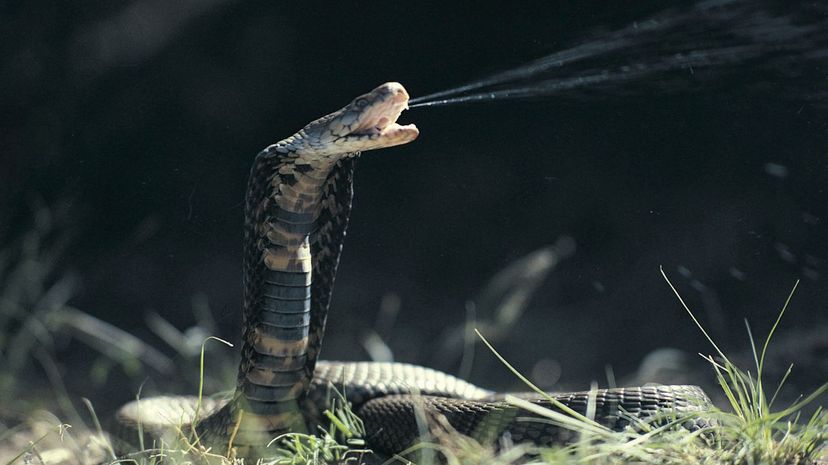
A spitting cobra is often what comes to people's minds when they think of a cobra, even though most species don't spit. This one, however, is able to fire a jet of venom over 6 feet, and it's capable of blinding whatever it hits. Don't forget your goggles!

The elegant sea snake lives in coastal waters in Northern Australia from the west to the east. Though they breathe air like any other reptile, they're well adapted to life in the sea and can stay under the water for up to 2 hours if necessary.
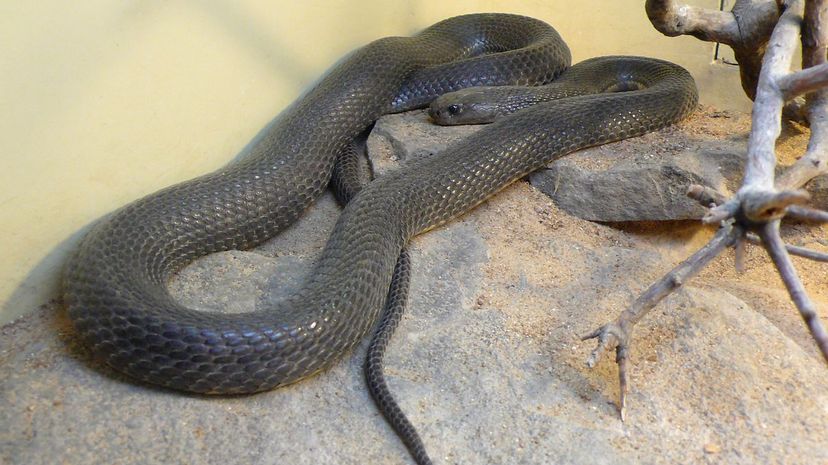
The Caspain cobra, like many cobras, has that iconic intimidating hood it can bust out when it wants to show off. It won't spit venom, but it seems to be a very ill-tempered snake, and its venom can kill within about an hour if antivenom isn't administered.
Advertisement
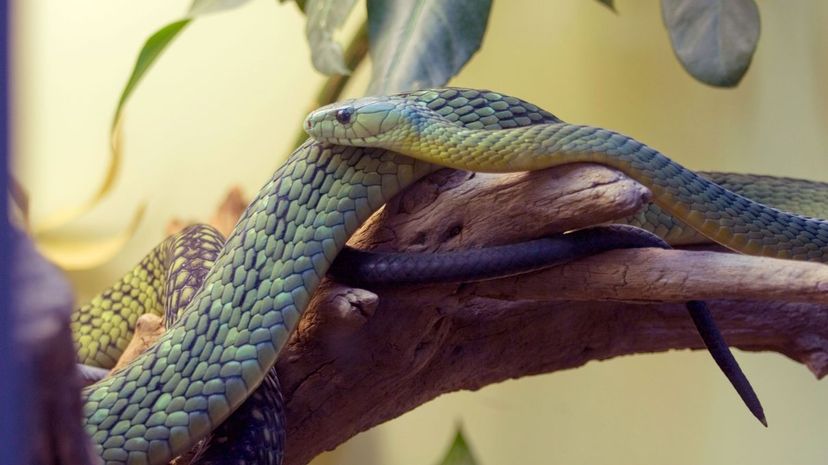
Jameson's mamba is a highly venomous snake that can be found throughout Central and Western Africa. You'd think it was named by someone named Jameson, but you'd be wrong; it was first identified by Thomas Traill. Who's Jameson? No one knows for sure.